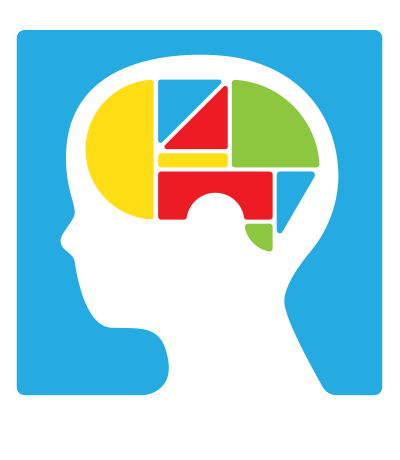Neuroradiological study links sleep position with waste removal from the brain, including amyloid beta (implicated in dementia).
Lee, H., Xie, L., Kang, H., Feng, T., Deane, R., Logan, J., Nedergaard, M. & Benveniste, H. (2015). The effect of body posture on brain glymphatic transport. The Journal of Neuroscience, 35(31), 11034-11044.
